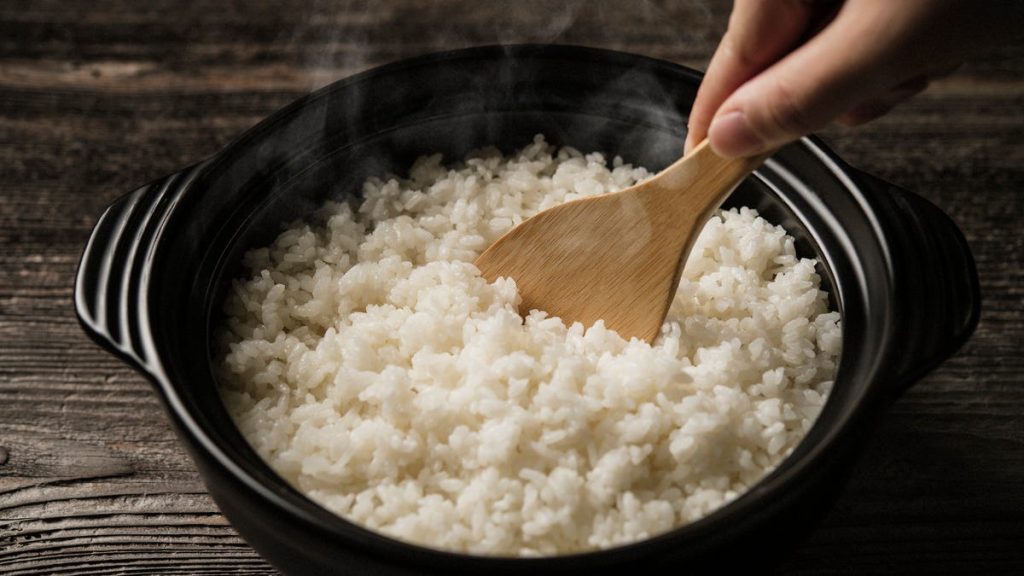Meal prepping can be a huge time and money saver for those with a busy schedule, but it’s important to be cautious when including rice in your meal prep. Leftover rice that has been sitting in the fridge for a few days can potentially lead to food poisoning, due to the presence of bacteria known as Bacillus cereus. These bacteria can multiply rapidly in rice that has been left out at room temperature for too long. To prevent this, it is essential to store leftover rice in the refrigerator as soon as possible after cooking, and to limit the amount of time it spends in the fridge. Additionally, when reheating leftover rice, it is important to ensure it reaches a steaming hot temperature of 165 degrees Fahrenheit to kill any bacteria present.
The risk of food poisoning from leftover rice occurs when the rice is not properly stored and reheated. Bacillus cereus spores are present on all varieties of uncooked rice, and they can survive the cooking process. If rice is left at room temperature for more than an hour, these bacteria can rapidly multiply, leading to gastrointestinal illness if consumed. The best way to avoid this risk is to store leftover rice in the refrigerator within one hour of cooking, and to divide large batches into smaller containers to cool to room temperature before refrigerating. The National Health Service recommends storing rice in the fridge for no more than one day until reheating, while the US Department of Agriculture’s FoodKeeper app suggests storing it for four to six days.
Reheating leftover rice to a steaming hot temperature of 165 degrees Fahrenheit is crucial in order to kill any bacteria that may be present. This will help to prevent the risk of food poisoning and ensure that the rice is safe to consume. It is also recommended to limit the amount of rice prepared to what will be consumed that day, to avoid the potential for leftover rice to become a breeding ground for harmful bacteria. By following these storage and reheating guidelines, individuals can enjoy the convenience of meal prepping without risking their health.
For those looking to improve their health and well-being, taking precautions when preparing and storing rice can make a big difference. By being mindful of the risks associated with leftover rice and following proper storage and reheating techniques, individuals can minimize their chances of food poisoning. Incorporating these practices into meal prep routines can help to ensure that meals are not only convenient and cost-effective, but also safe and healthy. By understanding the potential dangers of leftover rice and taking steps to prevent them, individuals can enjoy the benefits of meal prepping without compromising their health.


